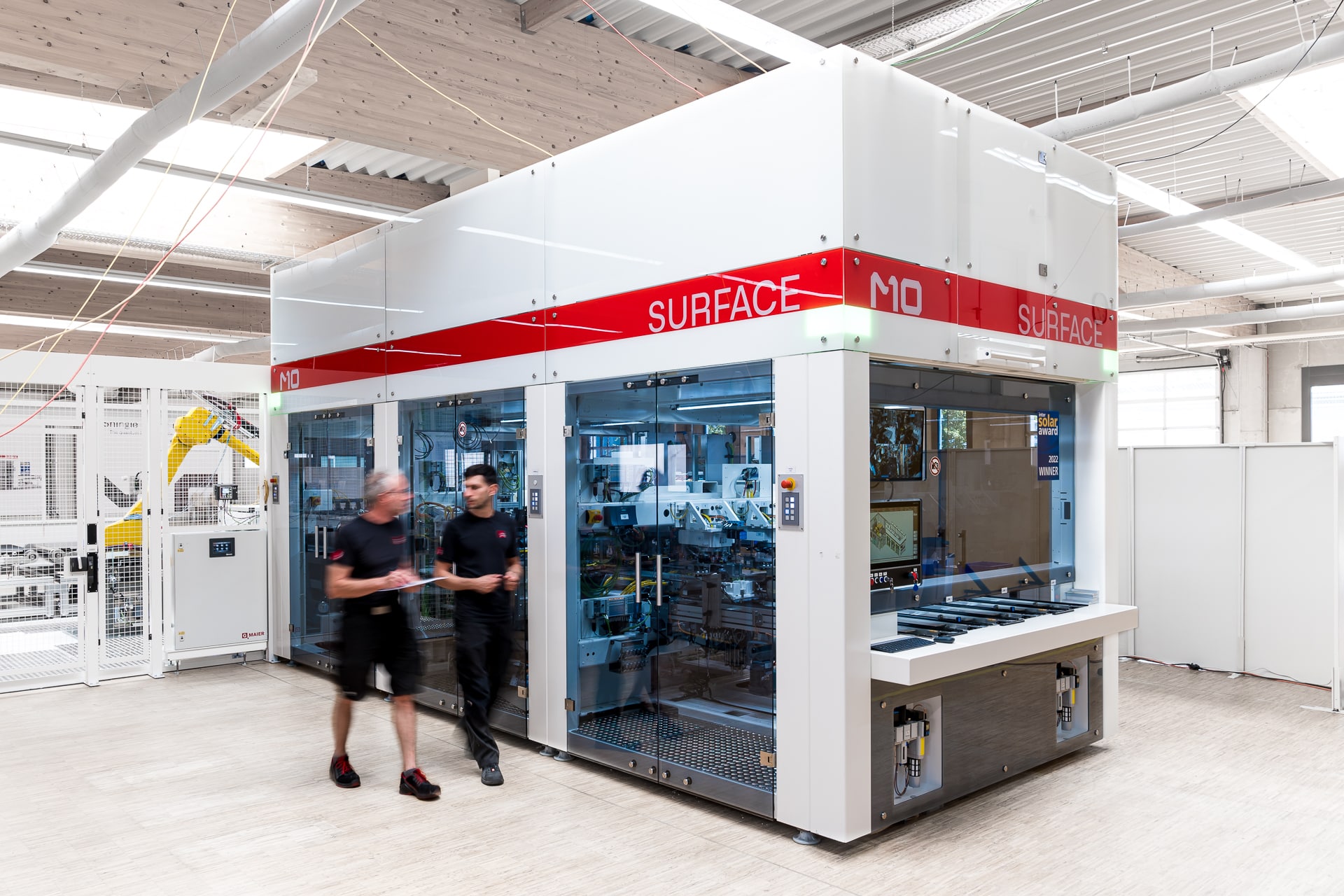Achieving high output power densities of silicon-based PV modules requires an increase of cell efficiency as well as a reduction of cell-tomodule (CTM) losses. Solar cell shingling, an approach first introduced in the 1950s, targets the reduction of CTM losses mainly by:
1) eliminating the cell spacing through the overlapping of neighbouring cells;
2) decreasing the shading losses by covering the busbar with a neighbouring cell’s active area; and
3) reducing the series resistance losses at the interconnection level.
Learn more:
to the paper about PERC-based shingled solar cells
1) eliminating the cell spacing through the overlapping of neighbouring cells;
2) decreasing the shading losses by covering the busbar with a neighbouring cell’s active area; and
3) reducing the series resistance losses at the interconnection level.
Learn more:
to the paper about PERC-based shingled solar cells



